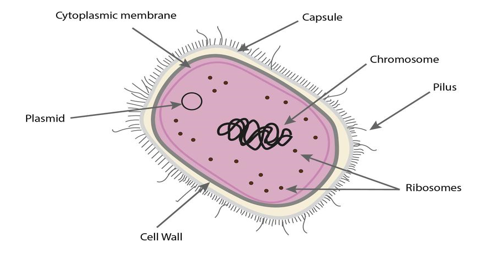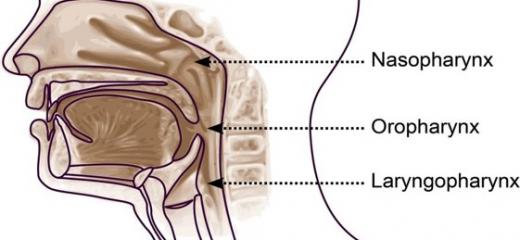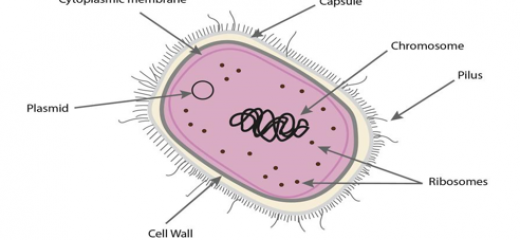Haemophilus Influenzae
By 1990, most cases of meningitis were caused by Haemophilus influenzae and in the absence of vaccines, 6 out of 10 people infected with the bacteria were most likely to die from the disease if untreated. In the year 2000, Haemophilus influenzae was responsible for 8.13 million related diseases and 371 000 deaths amongst children under 5 years.
![Image de [i]Haemophilus influenzae[/i] au microscope](/sites/default/files/styles/standard_mobile/public/2021-02/hib.png?h=bf9370f5&itok=cJGf1eql)
Biology
The polysaccharide capsule which is the additional protective layer that shields the bacterium from the host immune system is the most important feature on the structure of the bacterial cell. It determines the heterogeneity of the serotypes which in turn contribute to virulence and disease severity. Haemophilus influenzae has encapsulated or non-capsulated strains which are responsible for invasive and non-invasive diseases.
Click below on serotypes to find out more

Bacterial cell with capsule
Haemophilus influenzae disease is a global health problem, however, the burden of the disease is significantly higher in developing countries as compared to developed countries. The Sub-Saharan Africa region has one of the world's greatest disease burdens of Haemophilus influenzae type b (Hib), particularly in a region known as the African meningitis belt.
Transmission
Haemophilus influenzae is exclusively found in the upper respiratory tract of human beings and does not always cause illness. The bacteria can then be transmitted from person to person through respiratory droplets as a result of coughing, sneezing and being in close contact with an infected person. The under 5-year-old children are the most common carriers of the bacteria, however, it can also be found in the elderly and immuno-compromised individuals.
Click below on carriage to find out more.

Clinical Presentation
Haemophilus influenzae infection results in multiple diseases whose clinical presentation depends on the affected body parts that include the brain, lungs, bones, mouth, trachea, face, joints and heart as shown below.
Haemophilus Influenzae can cause the following mild infections:
- Sinusitis
- Otitis media
- Abscesses
- Urinary tract infections
When the bacteria invades the blood, lungs or the brain it can result in severe infections that include:
- Meningitis
- Pneumonia
- Endophthalmitis
- Bacteraemia
- Endocarditis
- Osteomyelitis
Severe infections require early treatment and diagnosis. If left untreated, cases of meningitis due to Haemophilus influenza are highly fatal as they can lead to death, hearing loss, blindness, brain damage, seizures, mental retardation and other long-term disabilities.
Click here to find out more about vaccines for prevention of Haemophilus influenzae
![Image des caractéristiques cliniques de [i]Haemophilus influenzae[/i] sur les organes ou parties du corps affectés organs or body parts](/sites/default/files/styles/standard_mobile/public/2021-02/hib_clinical_presentation.png?itok=rnBGSxKp)
Types of diseases caused by Haemophilus Influenzae on the different body organs and parts










